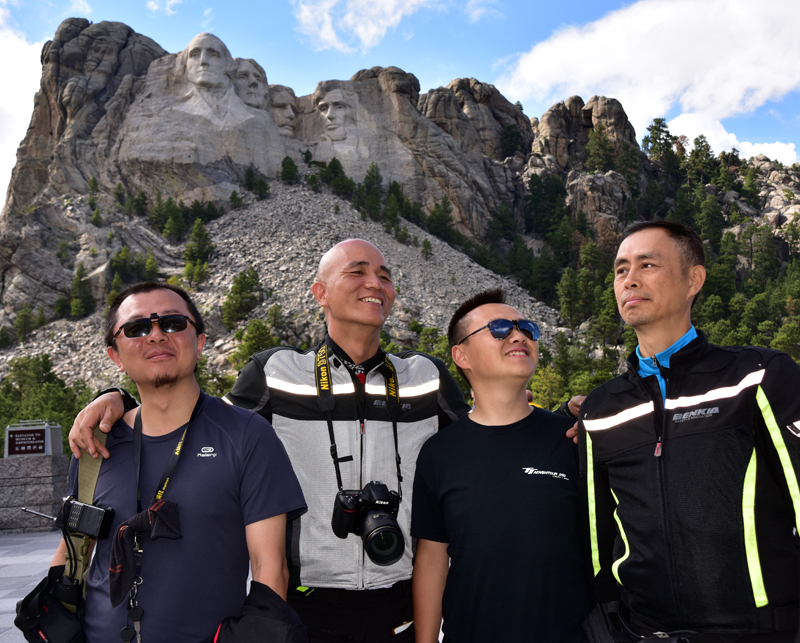By Joe Berk
I’ve always been afraid of (and morbidly curious about) spiders, so when Bobbie Surber posted the photo you see above of a spider in her Ecuadorean hotel room’s bathroom, it had my attention. I don’t think I could stay in a hotel room where a spider like that put in an appearance. I know I’m a big tough guy who rides motorcycles and made it through jump school in a prior life, but spiders creep me out. I’m deathly afraid of the things.
Which doesn’t mean I’m going to pass up an opportunity to get a photo of one. Baja John and I were rolling through Baja a decade and a half ago on our KLRs (I loved that motorcycle; it was one of the best I ever owned). We were doing maybe doing 60 mph when I somehow spotted a tarantula creeping along the pavement’s edge. I had to turn around and get a photo (it’s the one that sometimes graces the scrolling photo collection you see at the top of every ExNotes blog). Baja John, being a curious sort, did a U-turn and parked his KLR by the side of the road, too. I had my old D200 Nikon with its first-gen 24-120 Nikon lens (not a good choice for a spider macro shot, but it did the job).
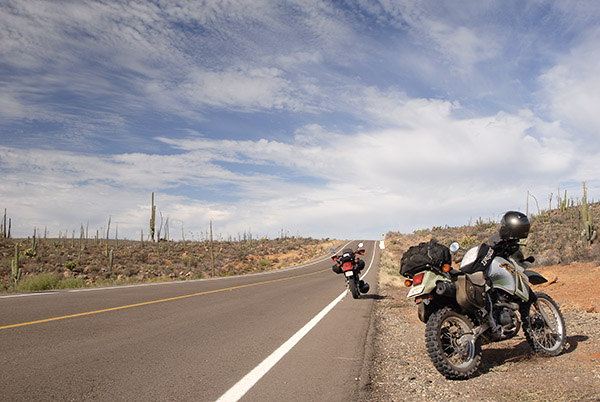

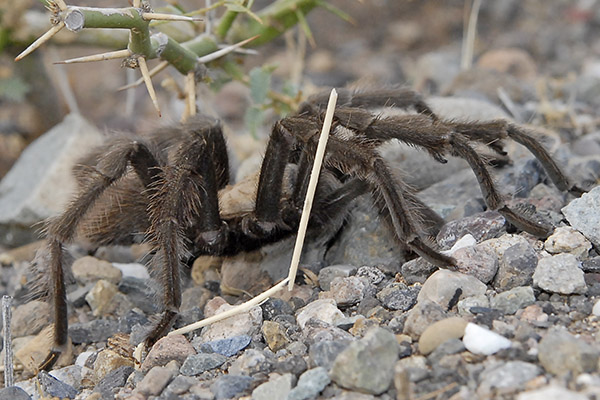
Before you knew it, I was snapping away while Baja John and I were crouched down in front of the hairy thing. The tarantula’s ostrich-like behavior was kind of funny. It hunkered down with a weed over its six or eight (or whatever the number is) eyes, thinking because the weed covered its eyes it was concealed. At least for a while. Then it realized we were still there and it charged. I’m not kidding. The thing charged at us with startling speed. Both of us did our best impersonation of Looney Tunes cartoon characters, our feet moving faster than we were, trying to run backwards from the crouched position, screaming like little girls. We made it, and the spider scurried off to wherever it thought was a better spot. Baja John and I, thoroughly adrenalized, laughed so hard I thought I was going to pee my pants.
I’m an old fart who really doesn’t give a rat’s ass about what anybody thinks of me anymore, so I’ll tell you that I am scared of spiders on some basic, fundamental, hardwired-into-my-psyche level. That said, I know that some of you younger guys who read ExNotes probably still worry about being perceived as tough macho men (you guys who haven’t achieved my level of self-awareness and acceptance yet). Because of that, I’ll share with you a technique I’ve used for decades. You know the deal…your significant other spots a spider, usually in the bathtub, and the job of sending it to the promised land naturally falls to you, the man. You’re as scared as she is, but your ego won’t let you admit it. There’s a spider there, and militant feminism be damned, it’s your job (as the man) to “get it.”
Here’s where the story turns to my other favorite topic: Guns. I’m helping you out here, guys. Here’s an excuse to pick up another firearm. You can thank me later.
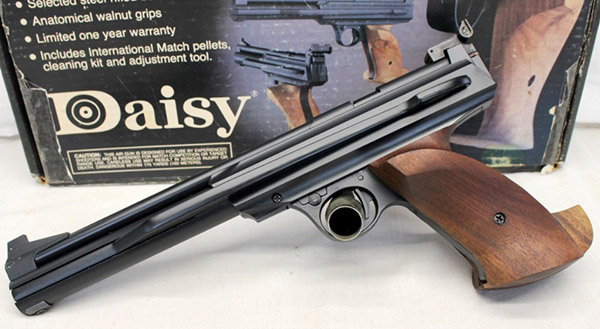
What you need is a pellet pistol. Preferably a manually-cocked model that doesn’t require a CO2 cartridge. My weapon of choice is the Daisy 777 air pistol. It’s a fantastic gun and it is quite accurate (I used to compete with one in bullseye air pistol competition, but I digress…back to the story at hand).
When your lovely significant other comes to you announcing a spider in the bathtub, choke down those feelings of fear, revulsion, and inadequacy. Here’s what you do: Grab your air pistol. Cock it, but (and this part is very important) do not put a pellet in the chamber. While maintaining a firm grip on the weapon, point it at the offending arachnid with the muzzle approximately one inch away from your target. Do not stand directly under the spider (for reasons that will become clear momentarily, this is also very important). Take a deep breath, let it halfway out, and while maintaining focus on the front sight and proper sight alignment, gently squeeze (do not jerk) the trigger. A high-speed jet of compressed air will exit the muzzle, strike the spider, and break it up into legs, thorax, abdomen, and other body parts. They will float to the ground and in most cases, the separate parts will continue twitching (adding to the excitement, the thrill of the hunt, and proof of your masculinity). Mission accomplished, as old George W liked to say. Your job (which was to “get it”) is done. You can now turn to your sweetheart, smile, and ask her to clean it up.
Never miss an ExNotes blog:

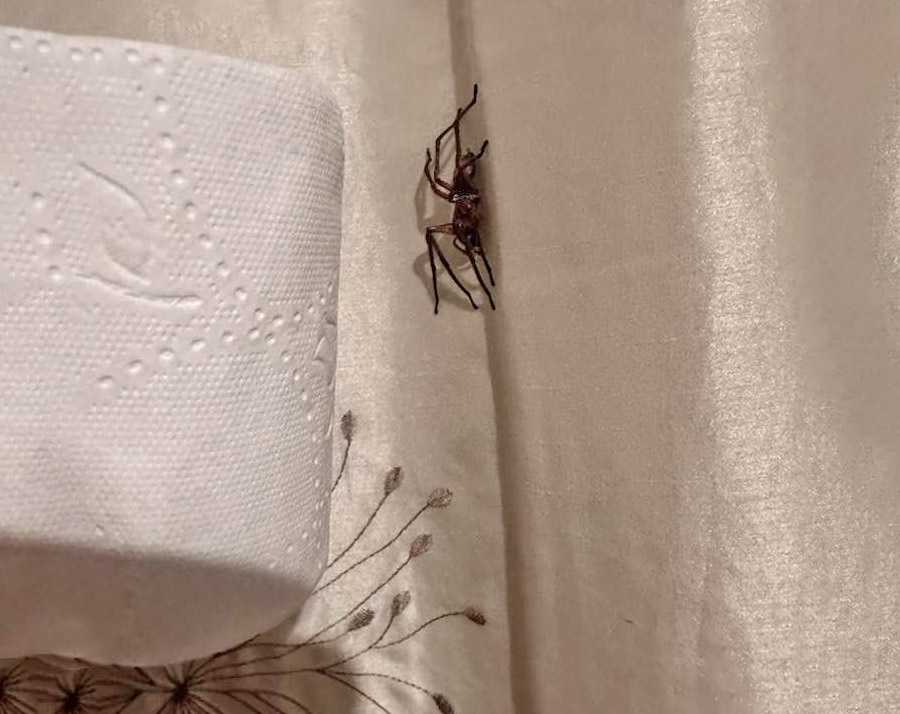

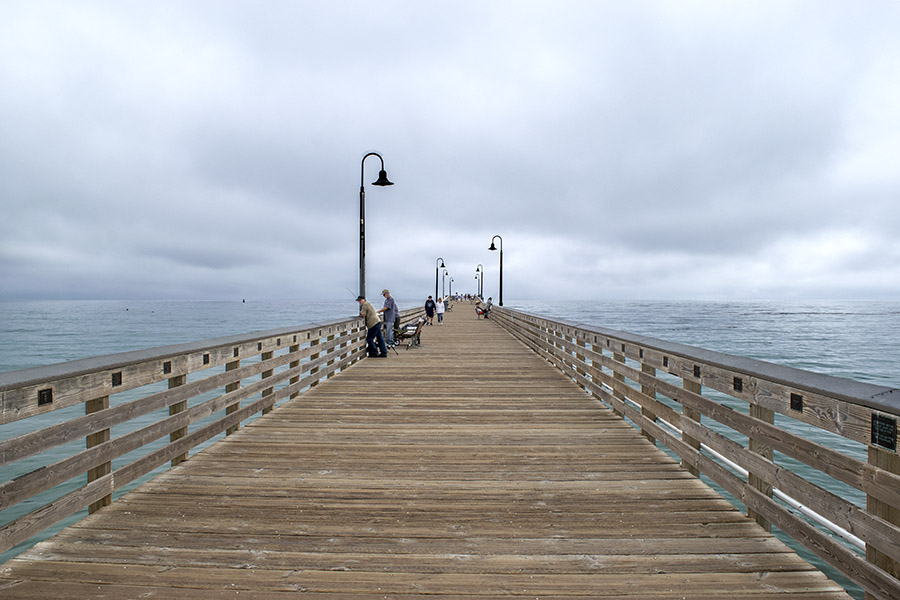
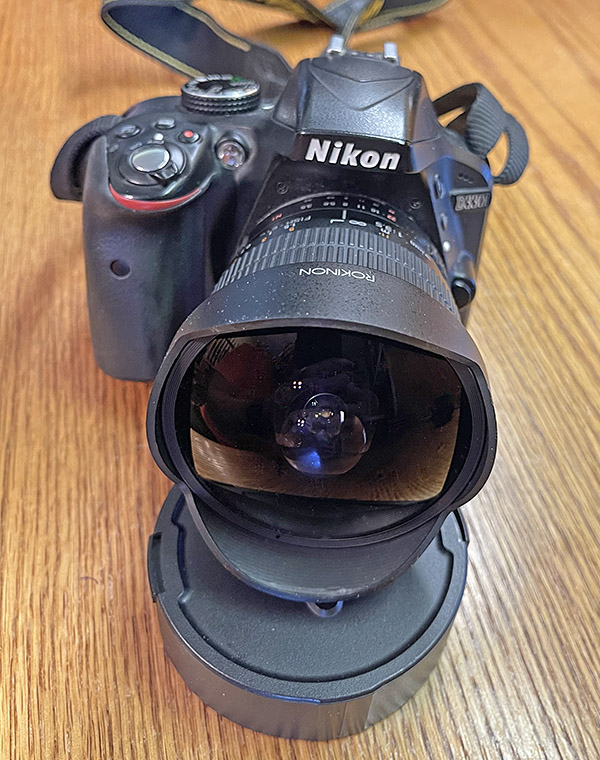
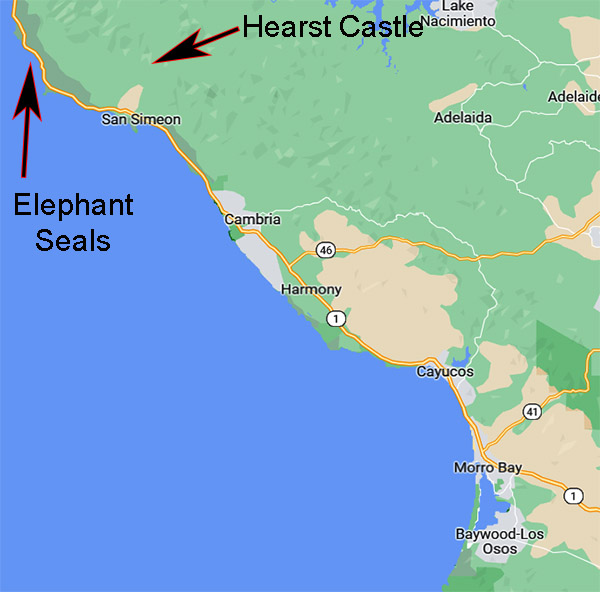

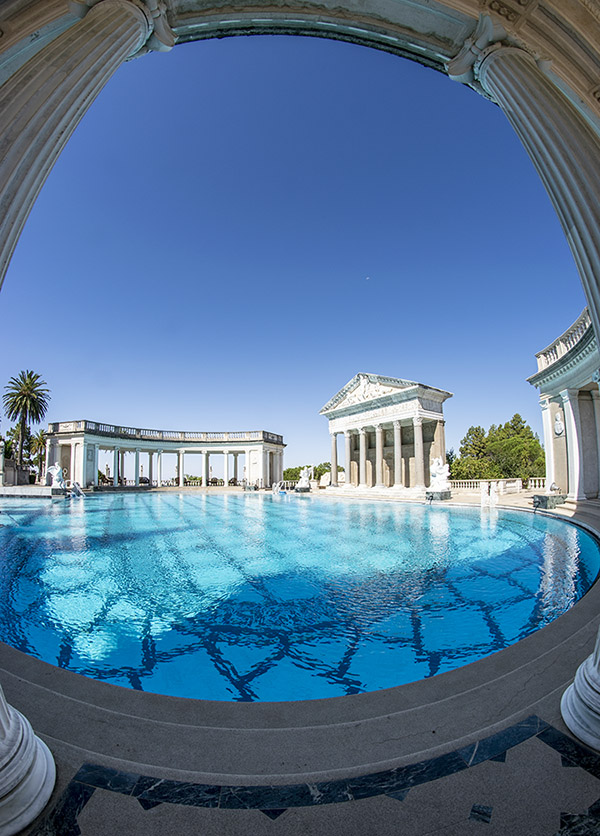
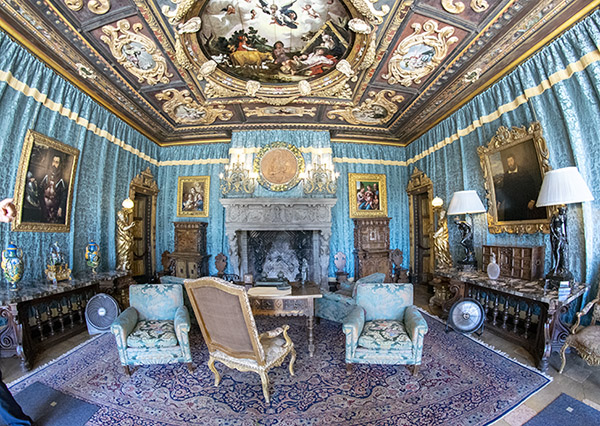
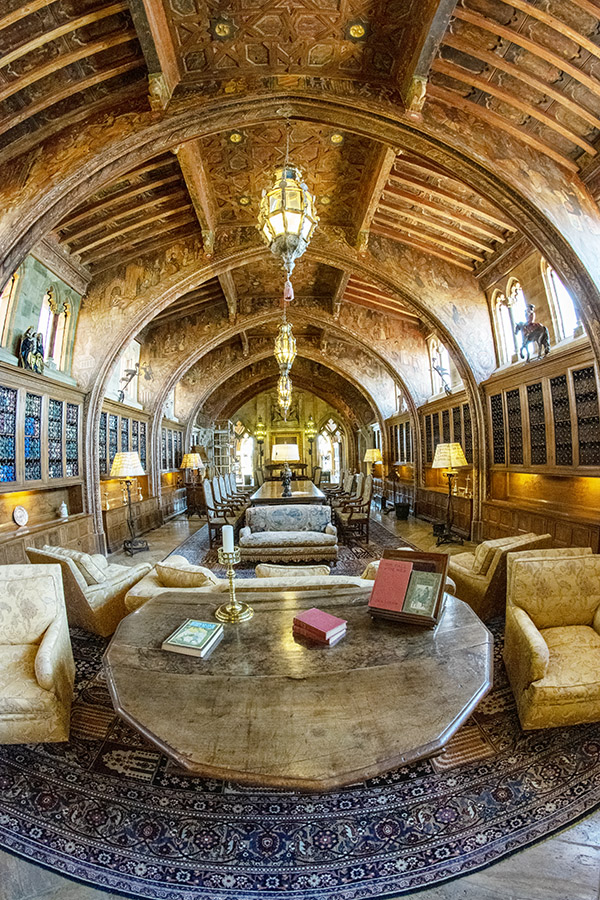
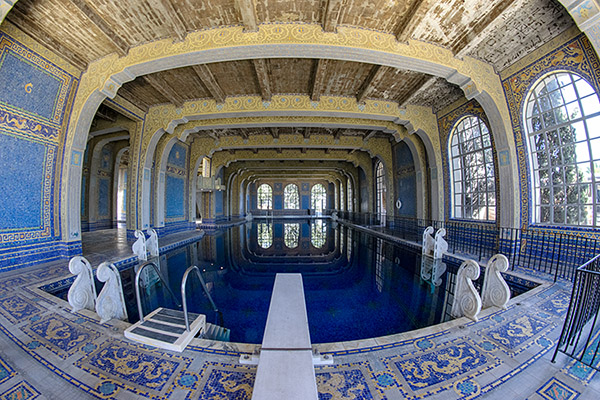
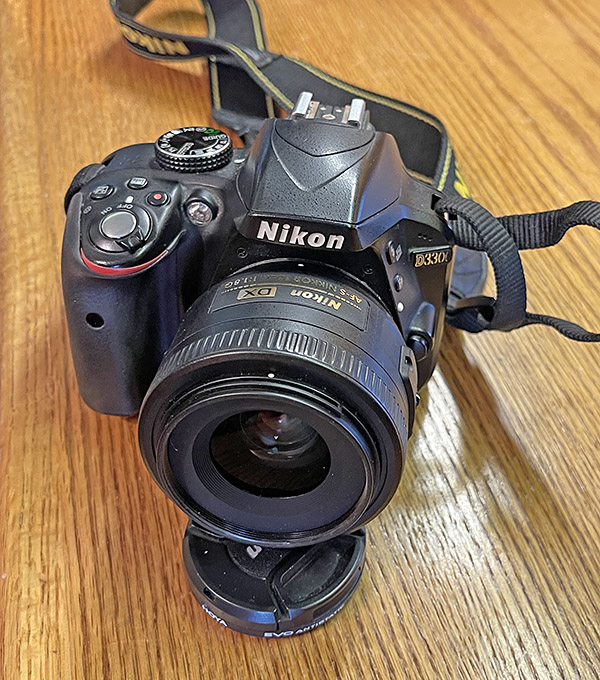
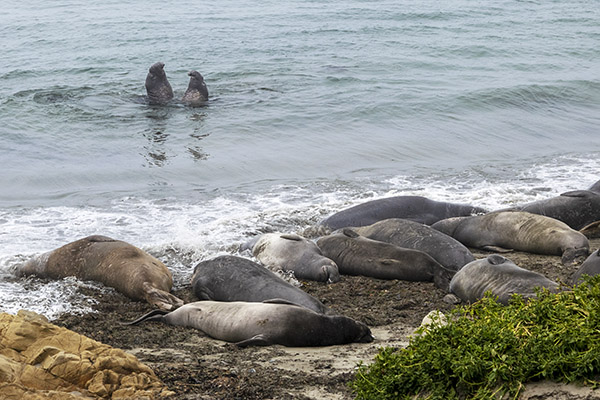
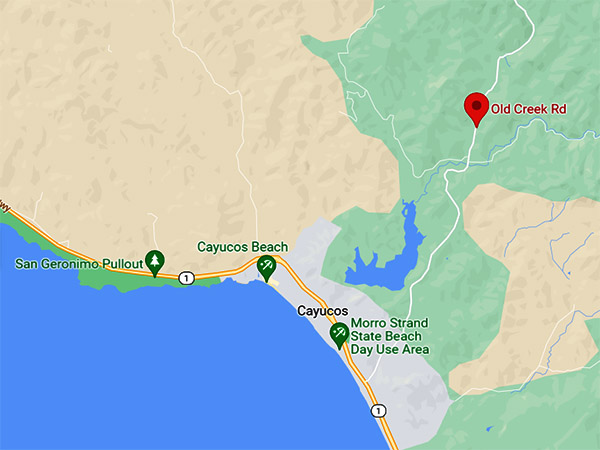
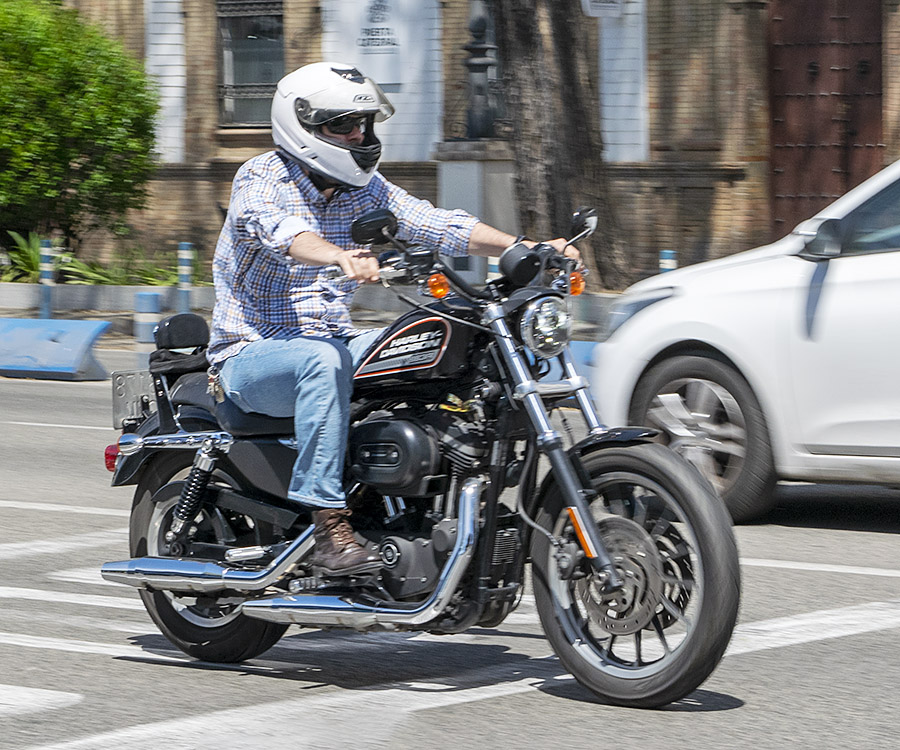
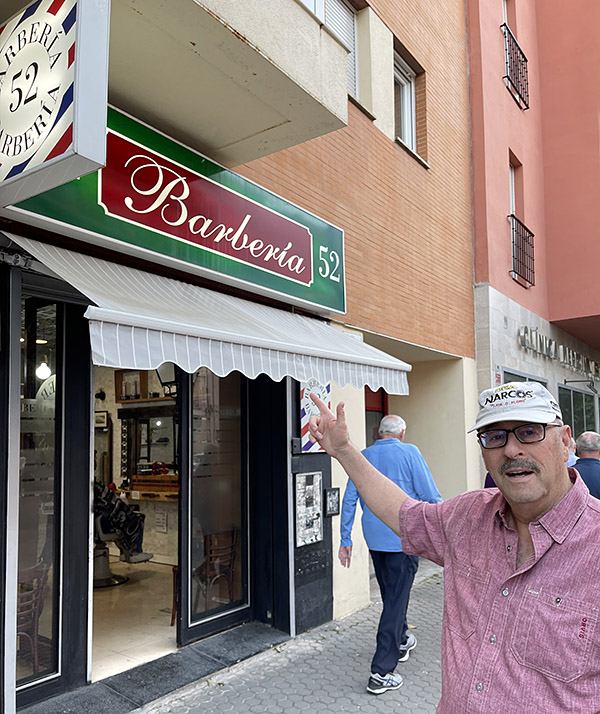
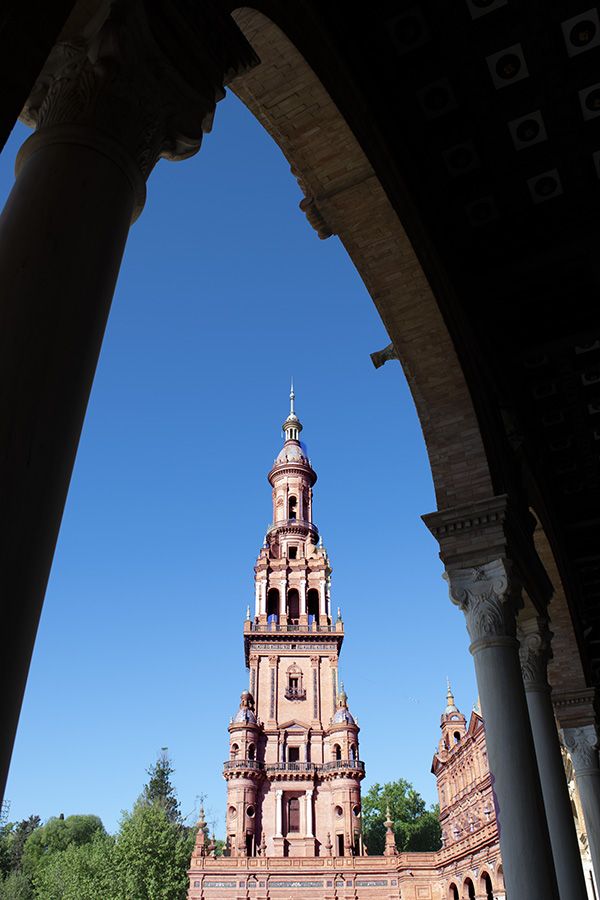

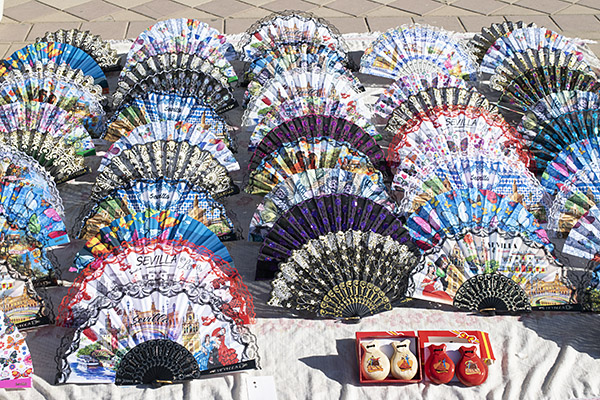
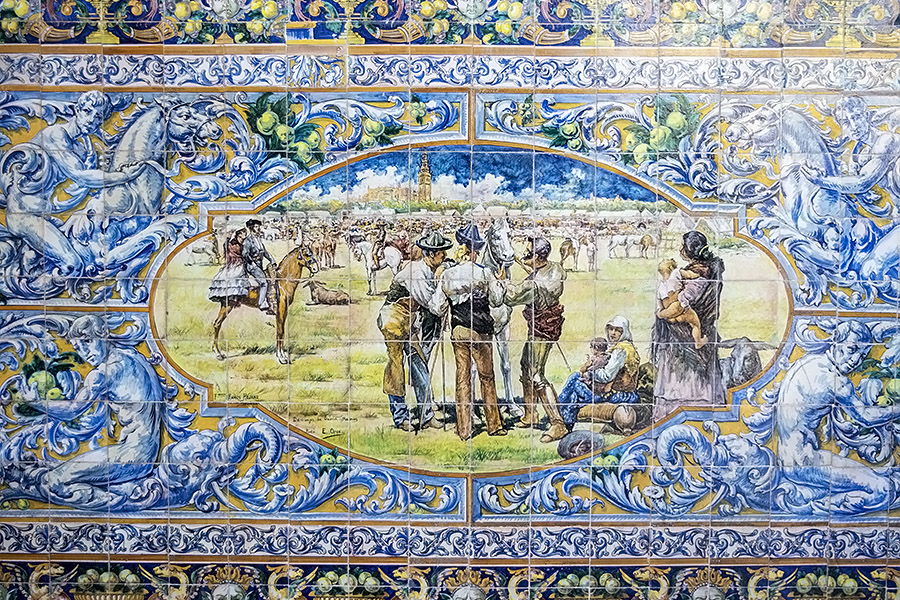
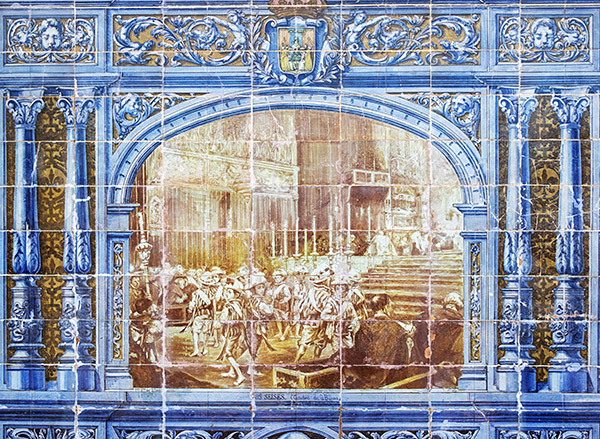

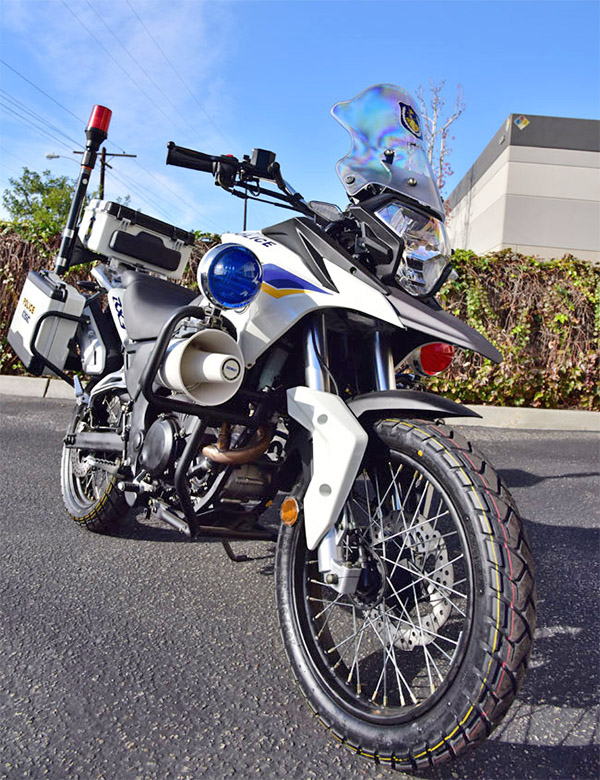
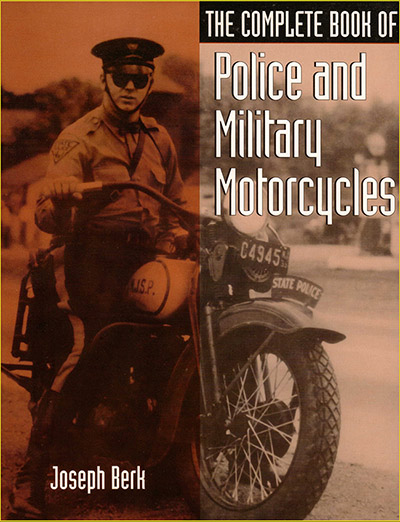
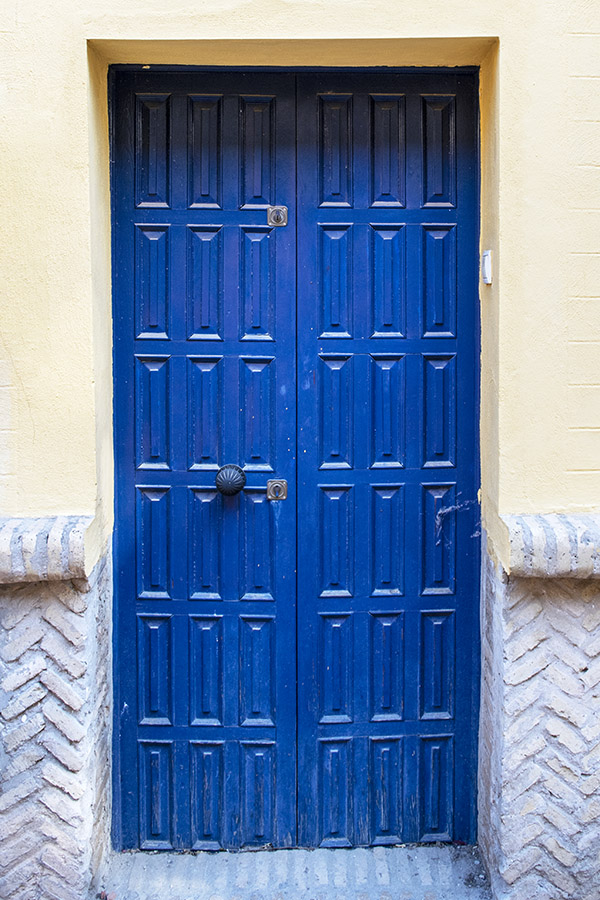

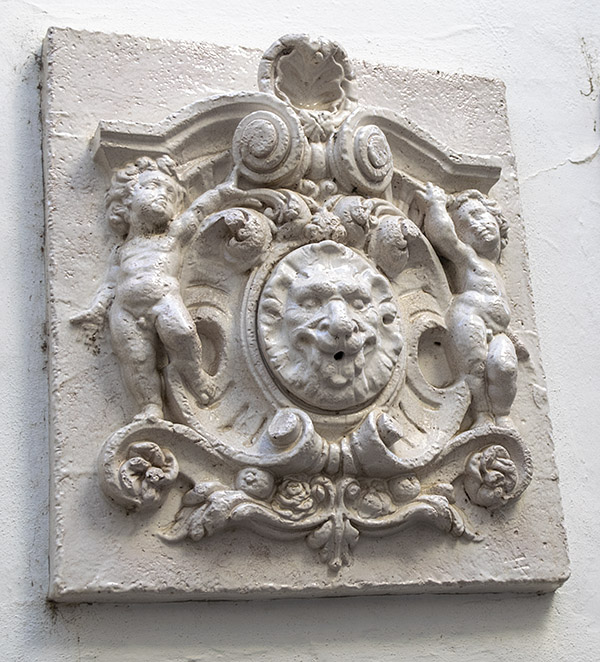
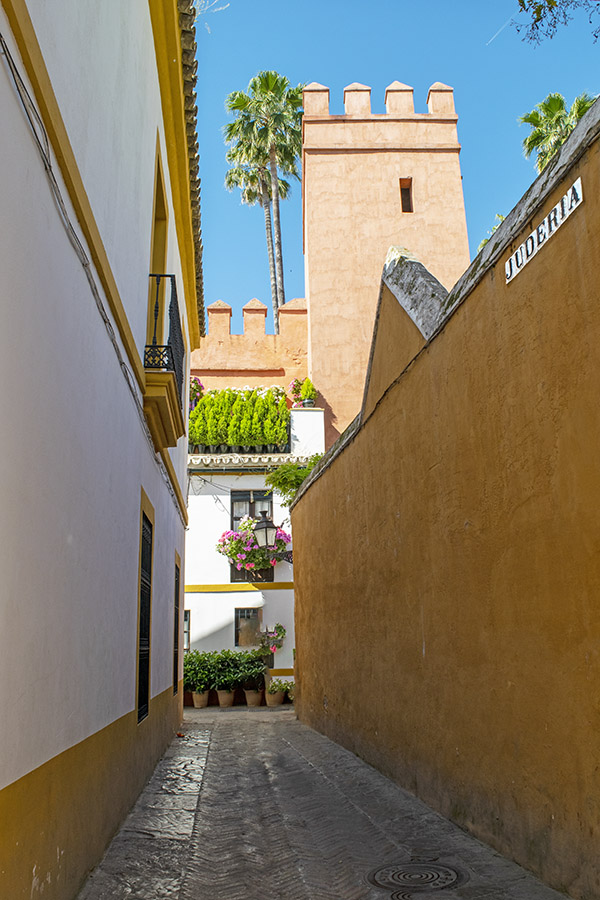

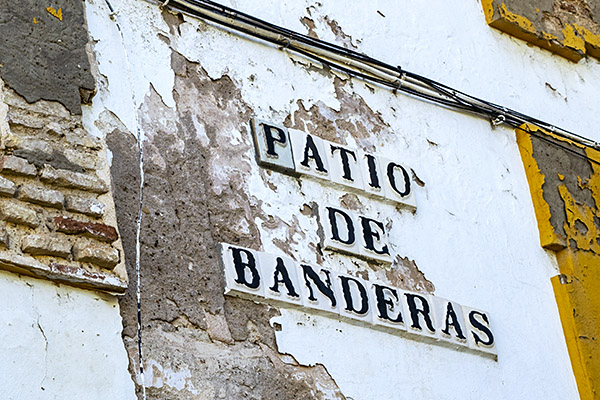
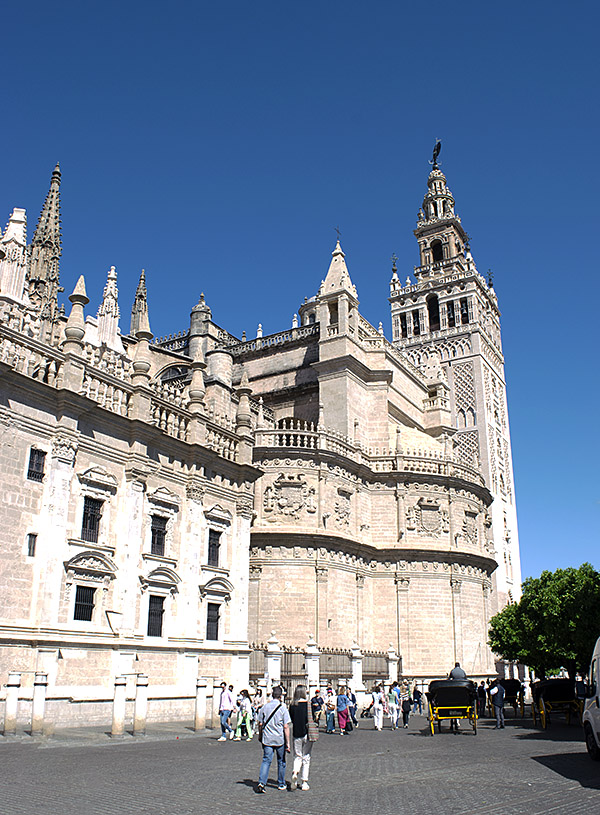
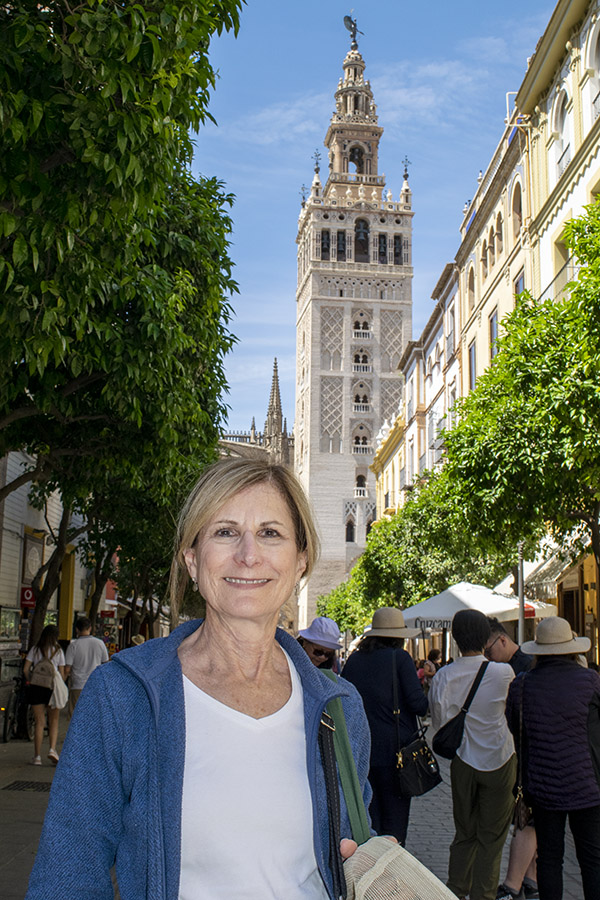
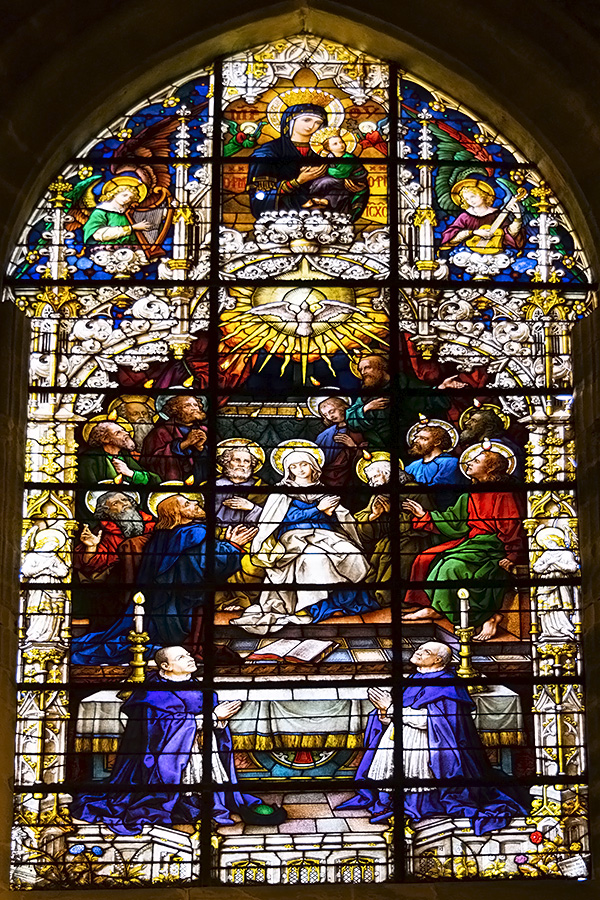
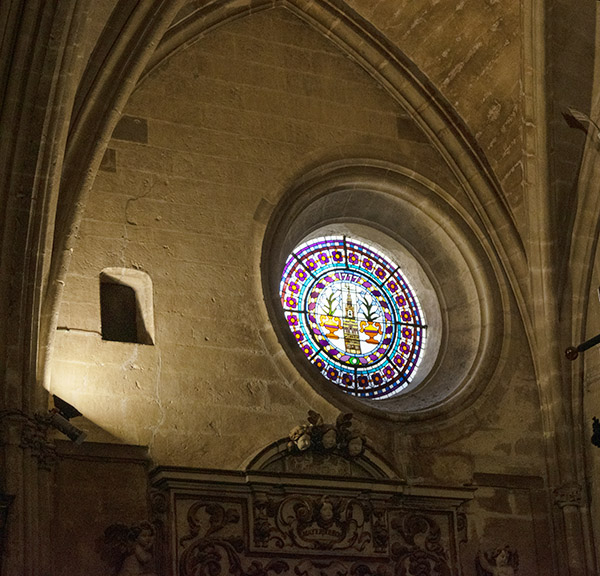
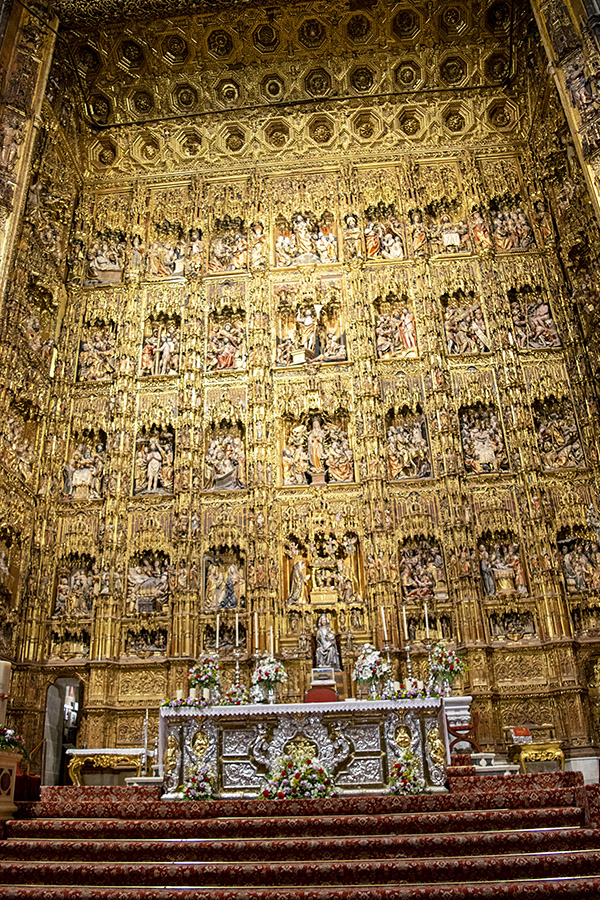
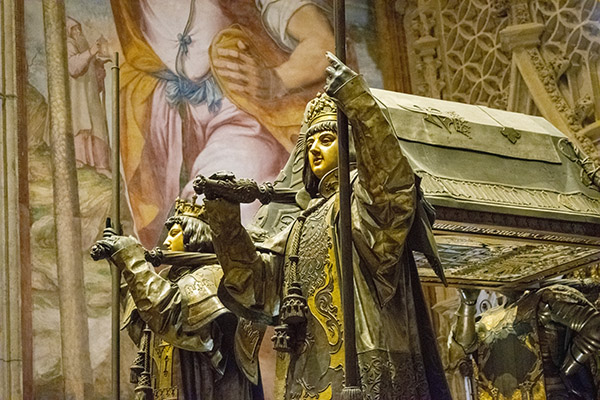











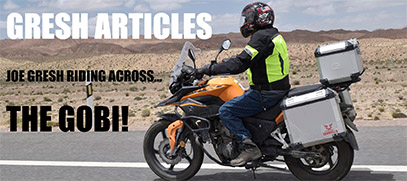

 The only camera that survived our 40-day, Zongshen RX3 China tour was the one inside my cell phone. My Canon 5D, that weighs a ton, broke its battery door and the 28-135 zoom lens actually fractured and stopped zooming. It sounds like the gears inside are broken. Both were inside a padded camera bag and the bag was wrapped in extra clothing. Don’t let anyone tell you we didn’t pound on those Zongshen RX3’s.
The only camera that survived our 40-day, Zongshen RX3 China tour was the one inside my cell phone. My Canon 5D, that weighs a ton, broke its battery door and the 28-135 zoom lens actually fractured and stopped zooming. It sounds like the gears inside are broken. Both were inside a padded camera bag and the bag was wrapped in extra clothing. Don’t let anyone tell you we didn’t pound on those Zongshen RX3’s. My go-to travel camera, a little Canon S95, also could not survive the rough Chinese trails we explored. The S95 suffered a broken screen and refused to boot up due to a broken top plate. Again, this camera was in my jacket pocket and not rattling around in a bag. We ride hard, you know?
My go-to travel camera, a little Canon S95, also could not survive the rough Chinese trails we explored. The S95 suffered a broken screen and refused to boot up due to a broken top plate. Again, this camera was in my jacket pocket and not rattling around in a bag. We ride hard, you know? Here you can see the extra bit of zoom. S100 on left.
Here you can see the extra bit of zoom. S100 on left. I researched the camera forums and found some S100 owners never have the lens error and of those that did a ribbon wire falling out of its socket was the cause for most of the failures. So I bit on a sweet 100-dollar, S100 that looks like brand new and seems to function perfectly.
I researched the camera forums and found some S100 owners never have the lens error and of those that did a ribbon wire falling out of its socket was the cause for most of the failures. So I bit on a sweet 100-dollar, S100 that looks like brand new and seems to function perfectly. The S100 boots up noticeably faster than the S95 but I am never in that much of a hurry. It will burst a bunch of shots faster than the old model. This may come in handy for action shots. The wide-angle lens is only noticeable when comparing both cameras side by side. When it comes to photography, more is always better. I’m happy with the little S100 and can’t wait to try it out on a motorcycle trip. If I ever go on another motorcycle trip, that is.
The S100 boots up noticeably faster than the S95 but I am never in that much of a hurry. It will burst a bunch of shots faster than the old model. This may come in handy for action shots. The wide-angle lens is only noticeable when comparing both cameras side by side. When it comes to photography, more is always better. I’m happy with the little S100 and can’t wait to try it out on a motorcycle trip. If I ever go on another motorcycle trip, that is.